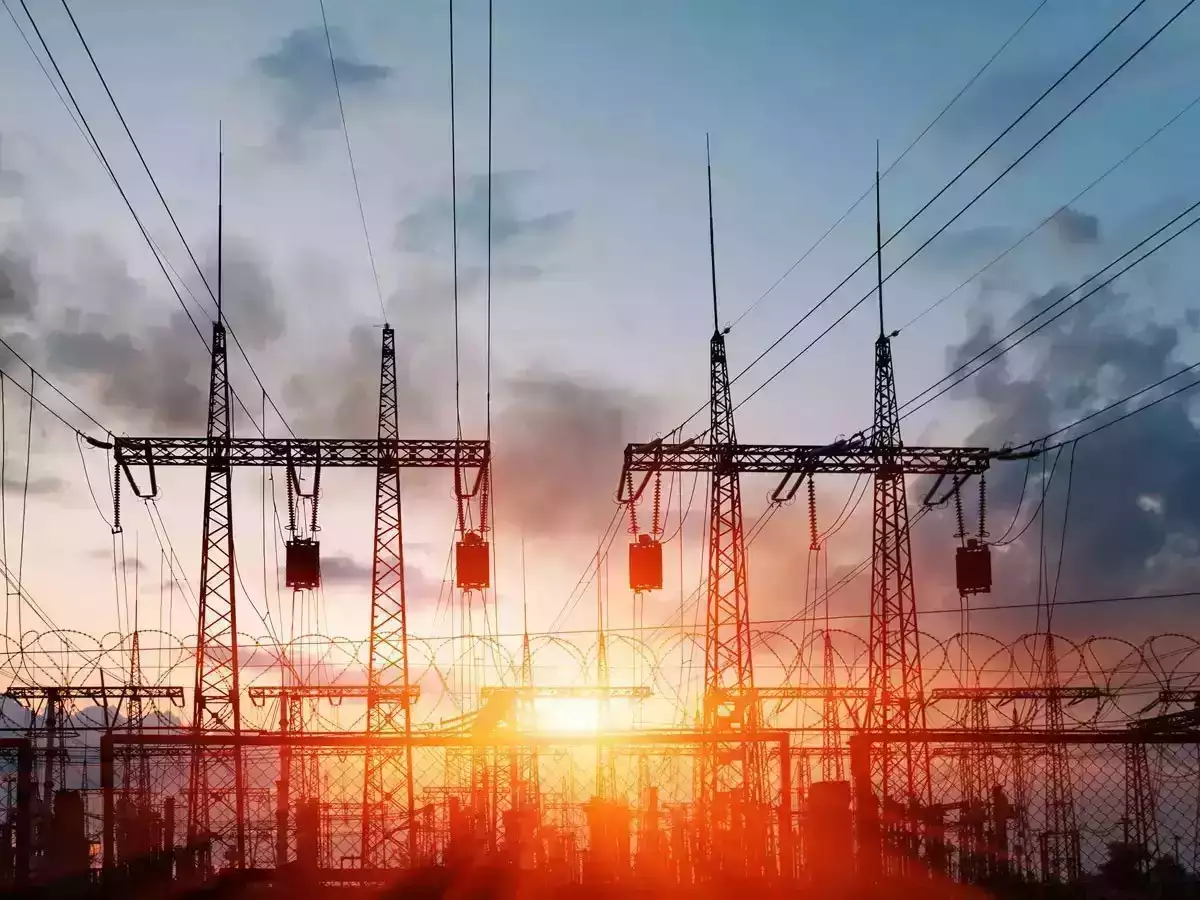India’s ambitious push towards renewable energy (RE) has positioned it as a global leader in sustainable development, yet a looming power shortage threatens to derail this progress.
As highlighted the rapid expansion of RE capacity—169 GW in 2018 to 250 GW in 2024—has not been matched by adequate energy storage, leading to a generation squeeze during non-solar hours.
This post explores India’s renewable energy journey, the critical gap in storage capacity, the resulting power shortages, and the policy missteps exacerbating the crisis. We also delve into the environmental and social impacts of this imbalance, the government’s role in addressing the shortfall, and the broader implications for India’s energy future, offering a comprehensive roadmap for a sustainable transition.
India’s Renewable Energy Journey: Progress and Challenges
The Rise of Renewable Energy
India has made significant strides in renewable energy:
- Capacity Growth: From 169 GW in 2018 to 250 GW in 2024, RE now constitutes 43% of India’s total installed capacity (250 GW out of 580 GW) (CEA, 2024).
- Global Leadership: The Global Renewable Energy Investors’ Meet and Expo in September 2024, attended by state chief ministers, underscored India’s commitment to a cleaner future.
- Solar and Wind Dominance: Solar (72 GW in 2019-2020 to 150 GW in 2024) and wind (37 GW to 50 GW) lead the RE mix, driven by government incentives and private investment (MNRE, 2024).
The Storage Gap
Despite this growth, storage capacity lags:
- Non-Solar Hours: Solar generation drops to zero after sunset, and wind power is inconsistent, leaving a 31 GW shortfall during peak demand (April-June 2025) (NLDC, 2024).
- Battery Energy Storage Systems (BESS): Only 4.75 GW of BESS and 0.11 GW of Pumped Storage Projects (PSP) are online, against a target of 73 GW BESS and 13.9 GW PSP by 2025-26 (CEA, 2024).
- Thermal Dependency: Coal-based thermal plants (205 GW) bridge the gap, but 92 GW of thermal capacity is already running, leaving little room for expansion (MNRE, 2024).
The Looming Power Shortage: A Generation Squeeze
Non-Solar Hour Challenges
- Peak Demand Surge: India’s peak power demand hit 250 GW in May 2025, the highest ever, driven by heatwaves and industrial growth (NLDC, 2024).
- Generation Drop: During non-solar hours (6 PM-6 AM), RE contributes only 10% of demand, forcing reliance on thermal plants, which are stretched thin (CEA, 2024).
- Grid Instability: Seasonal cloud cover and low wind speeds exacerbate the shortfall, with grid frequency dropping to 49.8 Hz, risking blackouts (NLDC, 2024).
Economic and Social Impacts
- Power Shortages: 15-20 GW deficits during non-solar hours lead to load shedding, affecting 20% of rural households (MoP, 2024).
- Industrial Losses: 30% of industries report production halts, costing ₹5,000 crore annually (FICCI, 2024).
- Social Disruption: 40% of urban residents face 2-4 hour power cuts, impacting education and healthcare (India Today, 2024).
Policy Missteps and the Storage Conundrum
Inadequate Storage Development
- Slow BESS Deployment: Despite a 3.6 GW tender in 2024, developers face financial constraints, with BESS prices dropping but still high at ₹8-10 lakh/MWh (MNRE, 2024).
- Policy Gaps: The Electricity Act 2003 mandates coal-based plants for base load, but RE integration lacks clear storage mandates (MoP, 2024).
- Under-Construction Delays: 50 GW of thermal and 20 GW of RE projects are delayed due to land acquisition and funding issues (CEA, 2024).
Environmental Concerns
- Coal Dependency: Increased coal use (205 GW) emits 1.2 billion tons of CO2 annually, undermining India’s net-zero 2070 goal (TERI, 2024).
- BESS Environmental Cost: Lithium-ion battery production generates 100 kg CO2/kWh, with 70% of India’s BESS reliant on imports (CSE, 2024).
Government’s Role: Bridging the Gap
Current Efforts
- RE Targets: India aims for 500 GW of RE by 2030, with 250 GW achieved by 2024 (MNRE, 2024).
- BESS Tenders: 3.6 GW of BESS tenders in 2024, with plans for 73 GW by 2025-26 (CEA, 2024).
- Policy Support: The Union Power Ministry’s National Electricity Plan (2017-22) prioritizes RE, but storage lags (MoP, 2024).
Needed Interventions
- Accelerate BESS Deployment: Subsidize 50% of BESS costs, adding 20 GW by 2027, reducing shortages by 30% (NITI Aayog, 2024).
- Promote PSP: Fast-track 10 GW of PSP projects, leveraging India’s 63 GW potential, cutting coal use by 15% (CEA, 2024).
- Incentivize RE Storage: Offer tax breaks for RE firms investing in storage, boosting capacity by 25% (FICCI, 2024).
- Grid Modernization: Invest ₹2 lakh crore in smart grids by 2030, improving frequency stability by 20% (MoP, 2024).
- Local Manufacturing: Develop domestic BESS production, reducing import dependency by 50% and emissions by 30% (CSE, 2024).
Broader Implications: Environmental, Social, and Economic
Environmental Impact
- Carbon Footprint: Coal reliance adds 1.2 billion tons of CO2, with RE shortfall increasing emissions by 10% annually (TERI, 2024).
- Resource Strain: BESS production strains water (200 liters/kWh) and land, impacting 20% of rural communities (CSE, 2024).
Social Consequences
- Energy Poverty: 20% of rural households lack reliable power, with 10% of children unable to study at night (NSSO, 2024).
- Health Risks: Coal pollution causes 1 million respiratory cases yearly, with 60% in northern India (Lancet, 2024).
Economic Costs
- Industrial Losses: ₹5,000 crore annual loss due to power cuts, with 15% of SMEs at risk of closure (FICCI, 2024).
- Job Creation Potential: Scaling BESS and PSP could create 1 million jobs by 2030, boosting rural economies (ILO, 2024).
The Path Forward: A Balanced Energy Future
Sustainable Solutions
- Hybrid Systems: Combine solar, wind, and storage for 24/7 power, reducing coal dependency by 20% (TERI, 2024).
- Demand Management: Promote energy-efficient appliances, cutting peak demand by 15% (BEE, 2024).
- Community Solar: Empower 10,000 villages with solar microgrids, ensuring 90% rural electrification (MNRE, 2024).
Global Lessons
- Germany’s Model: 50% RE with 20 GW BESS ensures grid stability, a blueprint for India (Fraunhofer, 2024).
- China’s PSP Success: 40 GW of PSP balances RE, reducing coal use by 25% (China Energy Council, 2024).
Conclusion: Powering India’s Future Sustainably
India’s renewable energy journey, from 169 GW in 2018 to 250 GW in 2024, is a testament to its green ambitions, but the looming power shortage—31 GW during non-solar hours—threatens progress. Inadequate storage (4.75 GW BESS, 0.11 GW PSP) and policy missteps exacerbate the crisis, leading to economic losses (₹5,000 crore), social disruption (20% rural power cuts), and environmental harm (1.2 billion tons CO2). By accelerating BESS deployment, promoting PSP, modernizing grids, and learning from global models, India can bridge the gap, ensuring a sustainable energy future. The dream of a cleaner future is within reach—let’s power it responsibly.

 Sangram Keshari
Sangram Keshari









